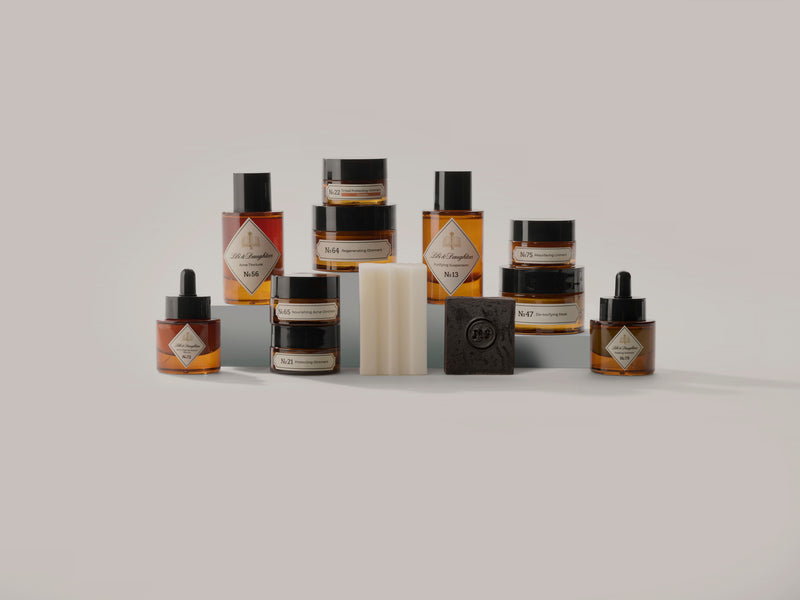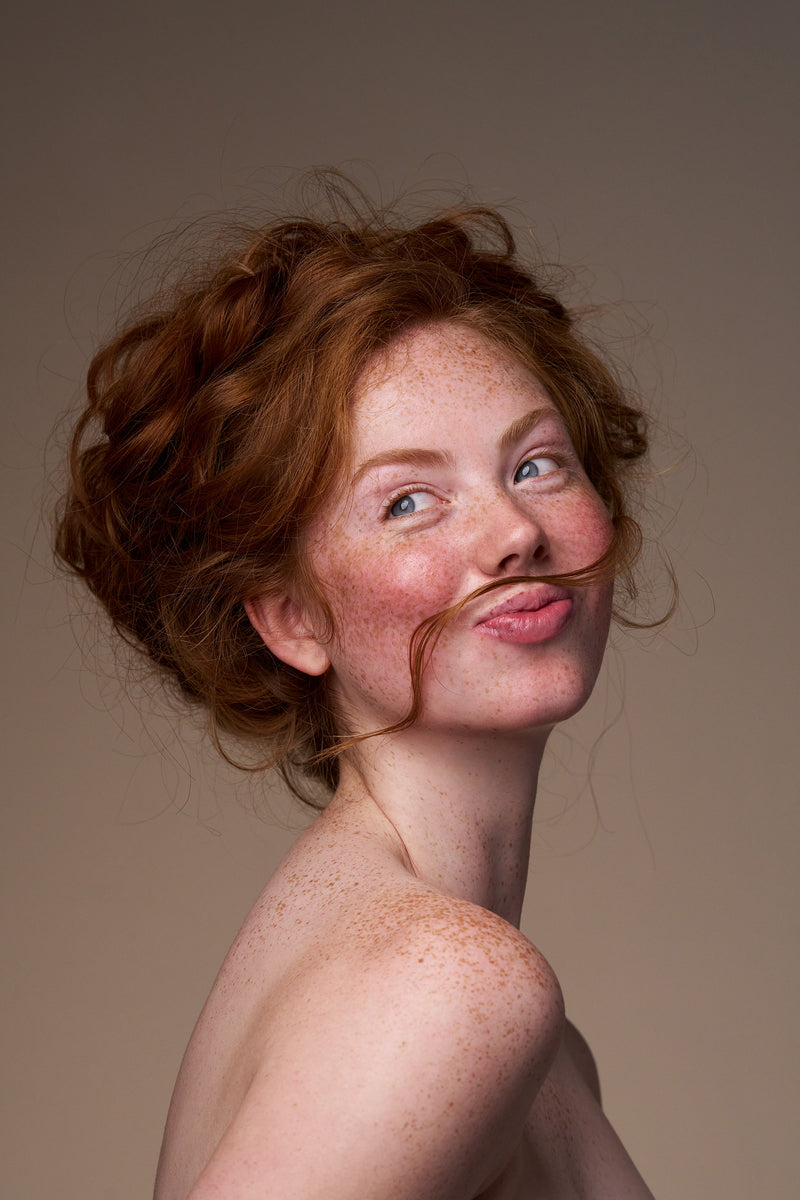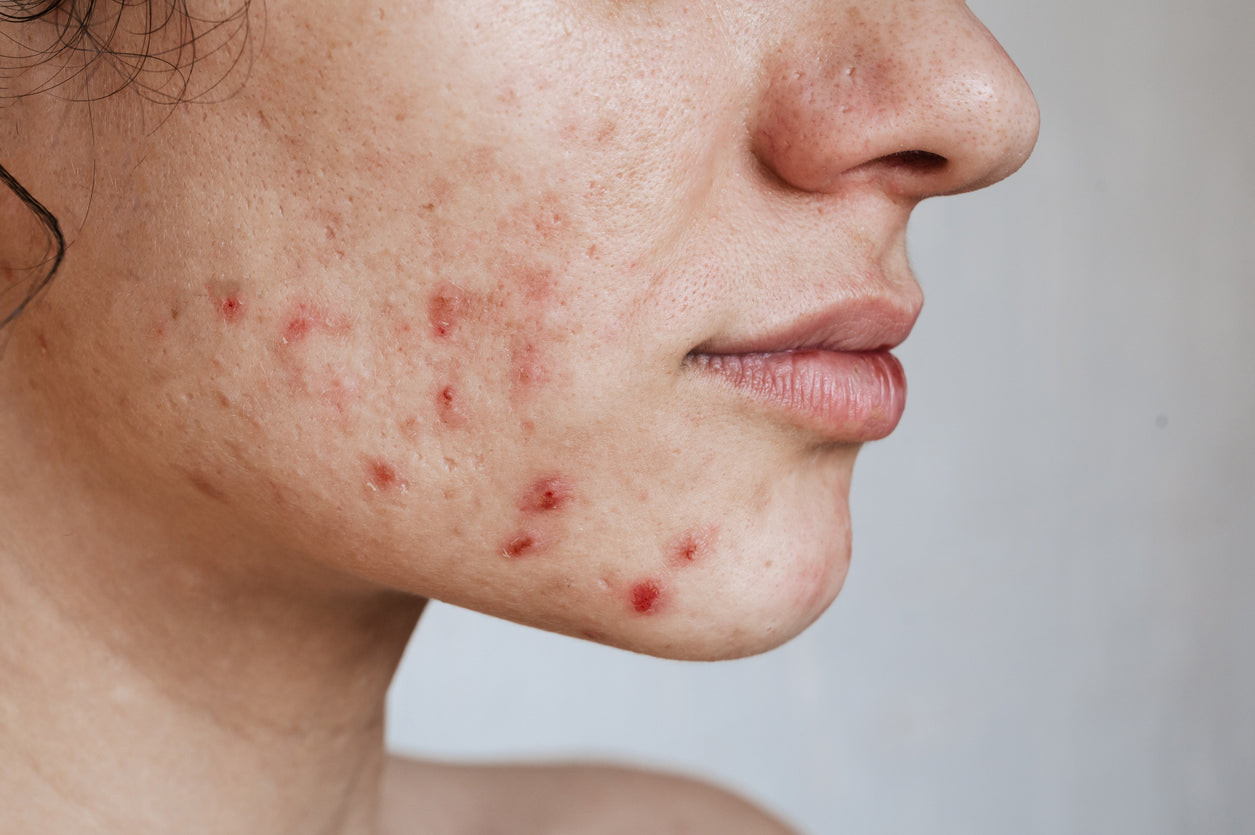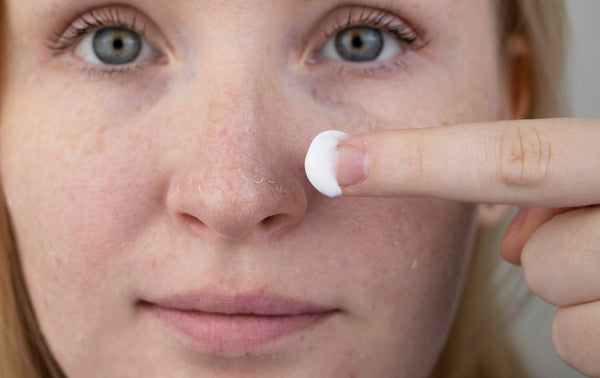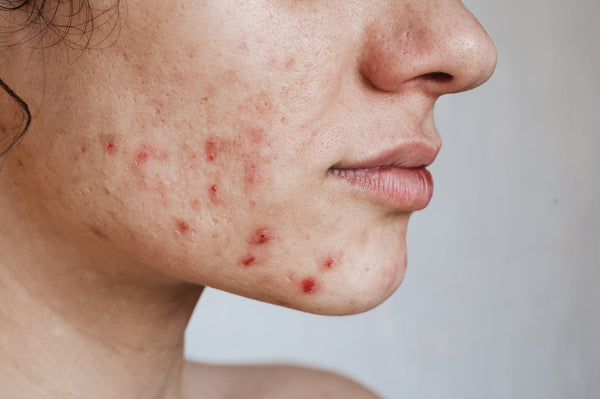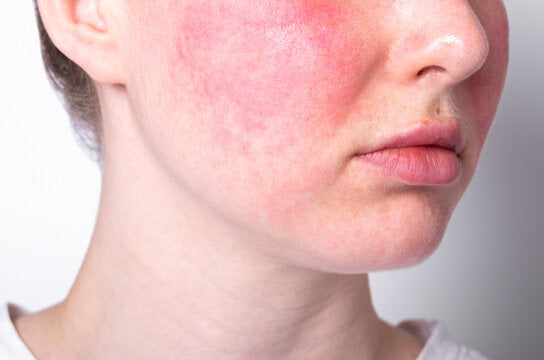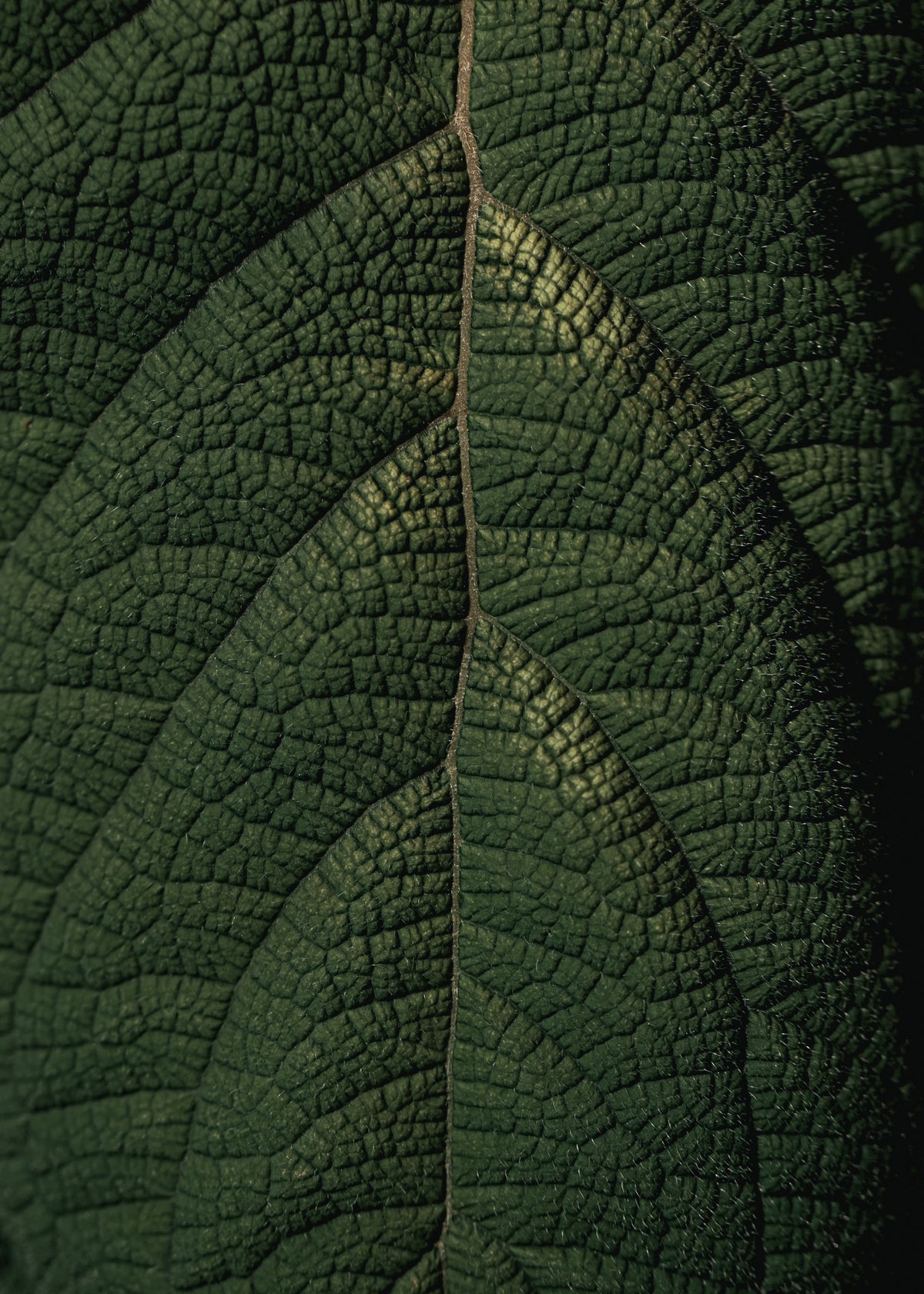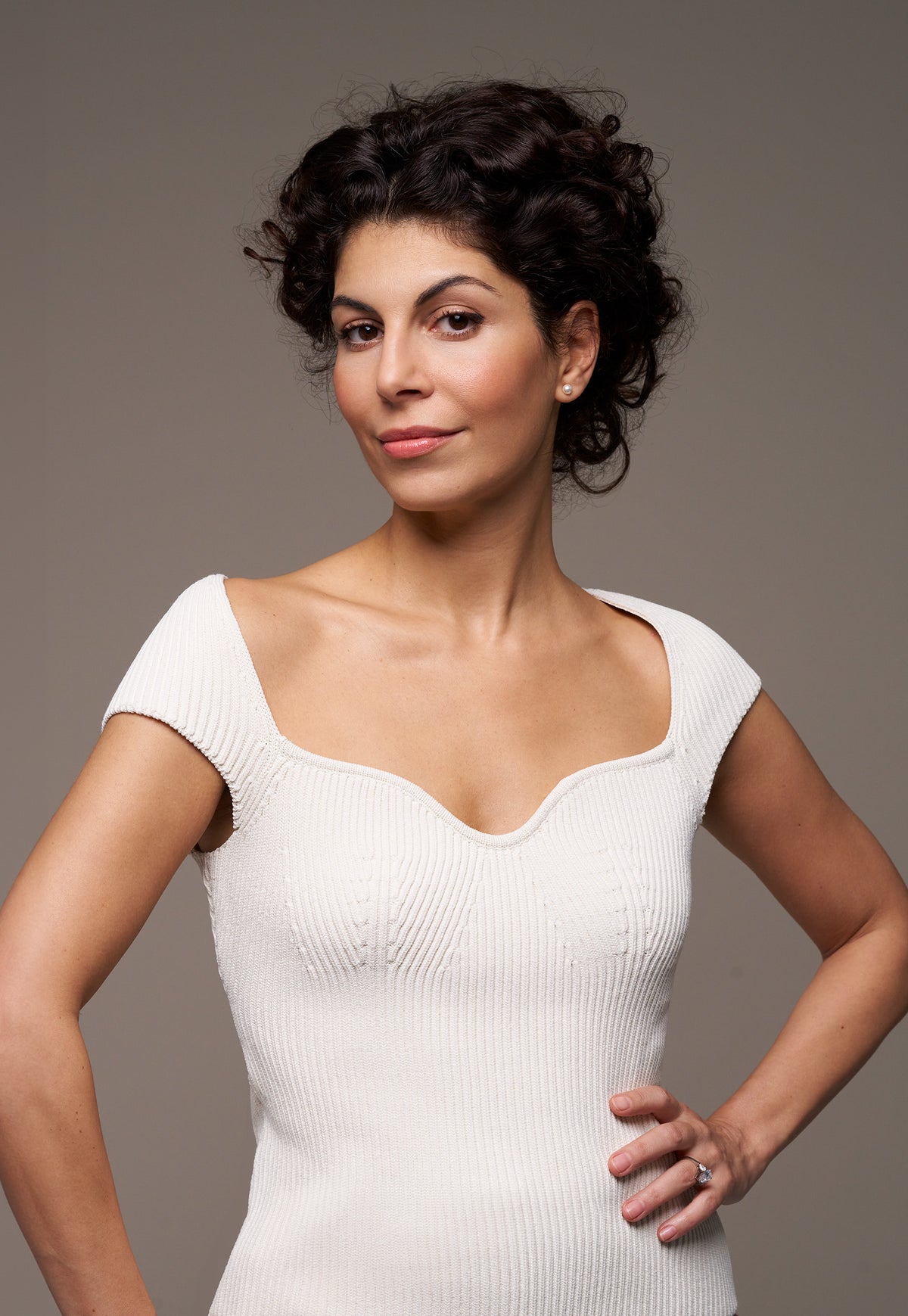Exploring the internal imbalances, stress and skin physiology contributing to facial acne
Acne is the world’s second most common skin disease after eczema. It affects people of all ages from newborns to the elderly but most visibly during adolescence and young adulthood. While acne often appears as a cosmetic concern, it is fundamentally a disease of the skin’s ecosystem and its relationship to the internal state of the body.
At Libi & Daughters we believe that treating acne requires more than superficial fixes. It demands an understanding of how acne develops, what it signals about systemic imbalances, and how to support the skin and the person towards genuine healing.
Understanding the Onset of Acne
The skin is the largest organ of the human body. It is not only a protective shield but also an exchange and sensory organ that reflects inner health. The skin consists of three main layers:
Epidermis: the outermost layer, i.e. primarily a barrier
Dermis: connective tissue and the main structure of the skin
Subcutaneous Tissue: a fatty and connective tissue layer
The outermost part of the epidermis is known as the stratum corneum: it performs the first line of defence. This layer consists of dead cells that form a tough and protective shield against external stressors. Covering this stratum is the hydrolipid mantle: a thin and invisible film composed of water and lipids (oils) that maintains moisture balance, blocks pathogens, supports a healthy skin microbiome, and maintains the skin’s pH between 4.5 and 5.5.
A well-functioning hydrolipid mantle hosts a balanced community of microorganisms that includes Staphylococcus epidermidis, Cutibacterium acnes, and certain fungi; all of which work symbiotically to protect the skin.
Although, during life’s different stages such as puberty; stress, hormonal shifts, or being under the influence of external irritants, disrupts this balance. The skin’s pH may shift and the composition of sebum (skin oil) may change. This leads to microbial populations that can become dysregulated. This opens the door for bacterias, especially Cutibacterium acnes, which proliferates and triggers the first steps in acne formation.
The Formation of Acne
Acne is a cascade of changes and not just a single event. Here’s the typical progression:
1. Sebum Overproduction
Triggers such as androgenic hormones (testosterone, DHEA, IGF-1) cause the sebaceous glands to produce more oil. In response to triggers such as hormonal fluctuations, the hydrolipid mantle and the deeper layers of the epidermis changes. The composition of this sebum also changes and becomes more thicker and comedogenic.
2. Follicular Hyperkeratosis
The skin’s normal cycle of cell shedding is disrupted. Dead skin cells accumulate and mix with excess sebum, forming plugs in the hair follicles. This process is known as follicular hyperkeratosis.
3. Bacterial Imbalance
Blocked pores create an anaerobic environment where C. acnes bacteria thrive. These bacteria metabolise sebum and release inflammatory byproducts.
4. Inflammatory Response
The body starts having increasing inflammatory responses as bacterial byproducts and immune cells accumulate. Redness, swelling, and pus formation occur as the most visible signs of acne.
Acne is not just an overproduction of oil. It is a multi-factorial process involving immune, hormonal, microbial, and barrier dysfunction.
Causes of Acne
Acne is rarely caused by a single factor. It typically arises from a complex interplay of internal and external drivers.
ENDOGENOUS (INTERNAL) CAUSES:

1. Hormonal Changes:
Adolescence: Rapid shifts in androgens
Pregnancy/post-abortion: Hormonal rebounds
Menstrual cycle: Fluctuations in oestrogen and progesterone
PCOS, adrenal or thyroid disorders: Chronic hormone imbalances
2. Gut-liver Axis Dysfunction:
Dysbiosis (imbalanced gut microbiota), Impaired liver detoxification, Gallbladder dysfunction, and Chronic constipation. These issues can drive systemic inflammation and worsen skin health.
3. Stress and Immune Dysregulation:
Stress increases cortisol and androgens, which increases sebum production. It also lowers immunity and allows pathogenic bacteria to flourish.
4. Viral Influences:
Chronic herpes virus carriage impairs immune control over the skin microbiome.
5. Hyperkeratosis:
Genetic or acquired thickening of the stratum corneum contributes to blocked pores.
6. Supplements and Steroids:
Anabolic steroids and certain sports supplements are potent acne triggers, especially in male athletes.
EXOGENOUS (EXTERNAL) CAUSES:

1. Cosmetics:
Heavy or comedogenic products block pores and disrupt the skin barrier.
2. Over-Cleansing:
Excessive washing strips protective oils and beneficial microbes that worsens inflammation.
3. Inappropriate Aesthetic Procedures:
Performing extractions or chemical peels on inflamed skin can cause scarring and infection.
4. UV overexposure:
While the sun temporarily dries pimples, it also suppresses immune function and worsens acne in the long-run.
5. Mechanical irritation:
Helmets, masks, and friction from clothing can trigger or exacerbate acne.
6. Chemical exposures:
Certain industrial or cosmetic chemicals are acnegenic.
Diagnosis of Acne
Acne can take many forms and understanding these helps us to choose and understand the appropriate treatment. Here are the main types:
Open Comedones (blackheads): These are formed when sebum and dead skin cells block the pore but remain open to the air. The dark colour comes from oxidation of melanin and it is not dirt.
Closed Comedones (whiteheads): These pores are completely blocked beneath the skin surface by forming a small, flesh-coloured bump.
Milia: These are tiny, firm, and white cysts filled with keratin and sebum. They do not typically arise from clogged pores but from trapped skin cells.
Papules: Inflamed, red bumps without a visible head. Papules are often tender and signal an active immune response.
Pustules: These are Papules that have developed a white or yellow head of pus, indicating a stronger inflammatory process and bacterial involvement.
Nodules and cysts: These are large, deep, painful lumps beneath the skin. These lesions are more likely to scar and are hallmarks of severe acne.
Scars and Pigmentation: Residual marks after acne healing can take the form of: Post-inflammatory Hyperpigmentation, Atrophic scars (depressed) and Hypertrophic or keloid scars (raised).
Acne Severity Grading:
Mild: Up to 10 comedones or papules
Moderate: Up to 20 comedones and 25 papules or pustules
Severe: More than 21 comedones, more than 26 inflammatory lesions, and presence of nodules or cysts, psychosocial impact
Facial mapping and Zakharyin-Ged zones:
Certain acne patterns can reflect underlying organ dysfunction. For example:
1. Chin and jawline acne → hormonal imbalances
2. Forehead acne → gut or liver issues
3. Cheek acne → respiratory stress or environmental pollutants
Differential Diagnosis
Not all acneiform eruptions are acne. A careful clinician will differentiate acne from: Pustular Rosacea, Acneiform Syphilis, Fungal Folliculitis, Drug-Induced Acne, and Contact Dermatitis.
Misdiagnosis can lead to ineffective or even harmful treatments. If acne does not respond to standard therapies, further clinical investigation is required.
Our Approach

Acne treatment is a complex process. Treating acne is not about chasing pimples with products. It requires a systemic approach that addresses both visible symptoms and underlying causes.
At Libi and Daughters, our acne protocols involve:
-
Detailed diagnostic check-up (including hormonal, gut, and immune assessments where indicated)
-
Personalised skincare to rebuild the skin barrier and control inflammation
-
Diet and lifestyle modifications to reduce internal triggers
-
Stress management and immune support
-
Coordination with trusted specialists (endocrinologists, gastroenterologists) when systemic issues are involved
If you treat only the skin while ignoring the body’s internal state, acne will likely return often in a more resistant form. Conversely, supporting the whole body while respecting the skin’s integrity gives the best chance for long-term and sustainable skin health.
At Libi & Daughters we understand acne as not simply a cosmetic concern. It is a condition that can deeply affect your confidence, self-image, and wellbeing. Our integrative approach blends advanced care with deep attention to your body's internal balance. If you are seeking clear skin and genuine healing, we invite you to consult our team.

